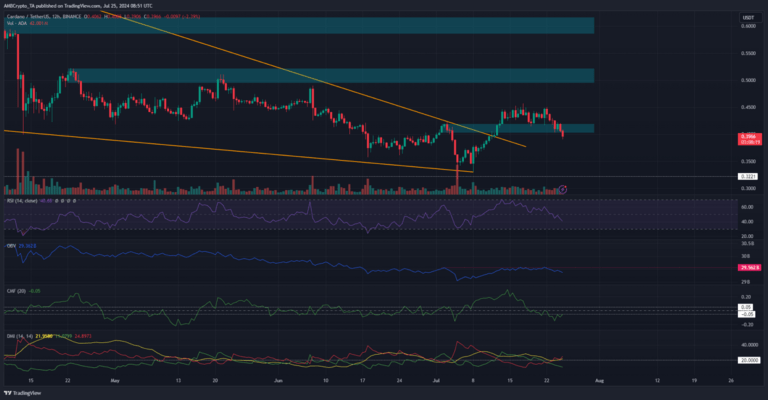
- Ripple is seeking a banking license to become a core player in global finance and directly connect with central banks.
- This move could make XRP the key bridge for CBDCs, stablecoins, and tokenized assets worldwide.
Ripple is no longer just a cross-border payments solution—it’s laying the foundation to become a fully licensed digital bank. With eyes on a banking license, Ripple is on track to shift from a fintech innovator to a core infrastructure provider in the global financial system. This transformation could elevate XRP from a utility token to a central liquidity layer across everything from CBDCs to real estate tokenization.
ALSO READ:Ripple’s XRP Price Threatens to Break Below $2.00- Whats Happening?
Ripple’s Big Bet: Becoming a Regulated Financial Powerhouse
Ripple aims to secure a banking license, granting direct access to central banks and expanding its global financial role. This regulatory approval would open doors to lending, asset custody, and the seamless handling of both fiat and cryptocurrencies. Most importantly, it would allow Ripple to bypass traditional intermediaries and integrate more deeply with central banks and global financial networks.
The strategic implications are massive. With this license, Ripple wouldn’t just be playing alongside banks—it would be helping to define the infrastructure on which future finance runs. This status offers Ripple the legal clarity and global mobility needed to operate at a much higher tier.
From Custody to CBDCs: Ripple’s Expanding Role
Ripple’s recent acquisition of Metaco, a digital asset custody firm trusted by top banks, signals its intent to dominate institutional-grade services. The company is also exploring real estate tokenization and trade finance—sectors typically dominated by traditional financial institutions.
Ripple’s reported multi-billion-dollar bid for Circle signals its bold push to dominate the stablecoin market. Meanwhile, Ripple’s recruitment drive focused on compliance and regulatory expertise indicates it’s building the infrastructure to operate under a global spotlight.
With $25 billion in capital and legal clarity following the SEC lawsuit, Ripple is already operational in over 70 countries. Active pilots in nations like Bhutan and Palau, plus ties to organizations like the BIS and IMF, prove Ripple is not just preparing for the future—it’s helping to build it.
XRP: The Future Liquidity Engine
If Ripple secures a banking license, XRP could evolve into the backbone of global liquidity. As the bridge between CBDCs, stablecoins, tokenized equities, and real estate assets, XRP would support real-world, regulator-driven demand. This isn’t speculative hype—it’s a structural shift.
DISCLAIMER:
The views and opinions expressed herein are solely those of the author and do not necessarily reflect the views of the publisher. The publisher does not endorse or guarantee the accuracy of any information presented in this article. Readers are encouraged to conduct further research and consult additional sources before making any decisions based on the content provided.






